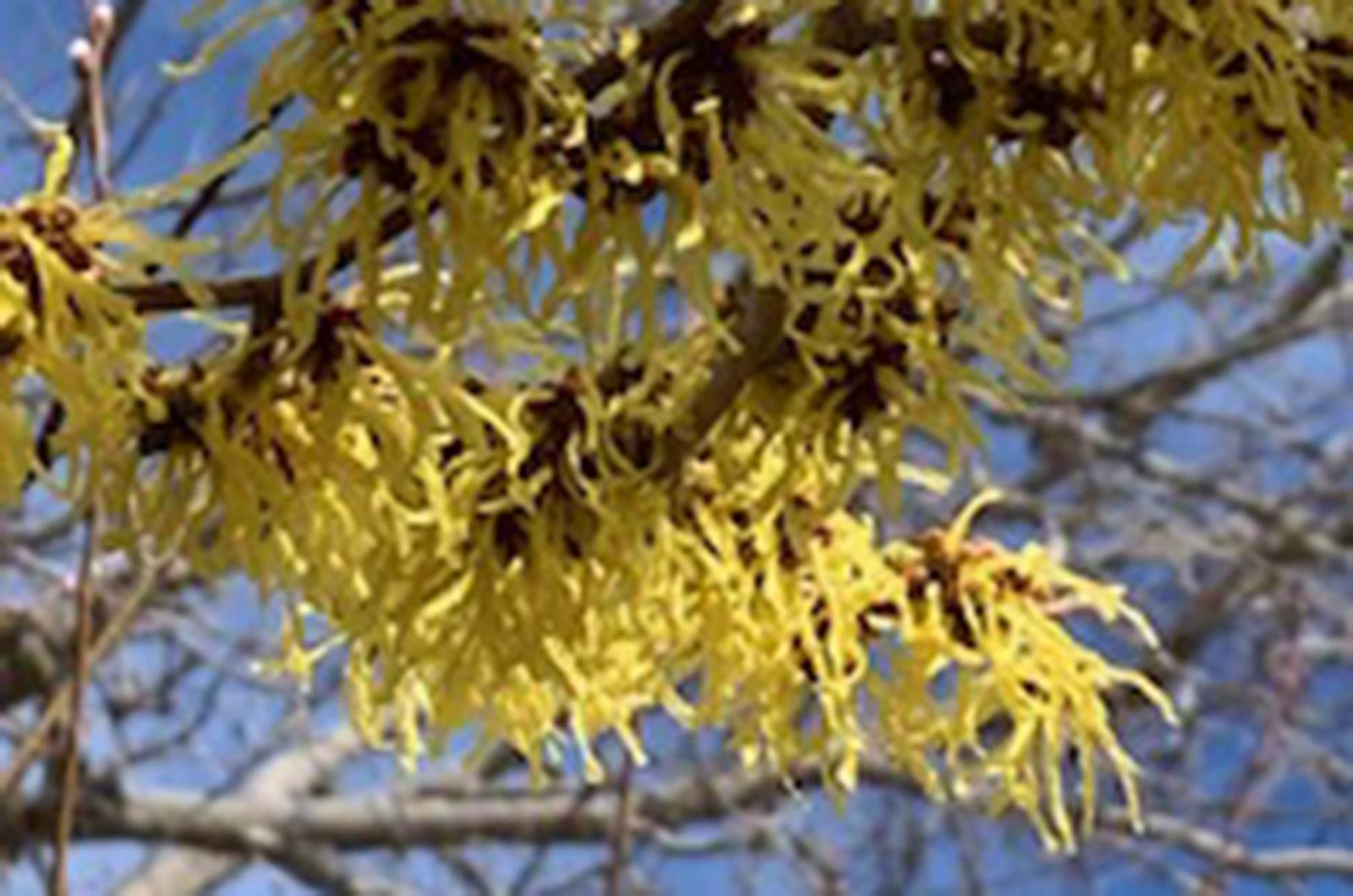Jelena Kovacic was looking for a plant but found love. A second-generation agronomist, Jelena followed in her father’s footsteps to study agriculture and agribusiness, and built a career on cultivating plants. Born in what was at the time known as the Kingdom of Serbs, Croats and Slovenes, she followed her botanical passions through education and exploration. After school, in the early 1950s she continued to study plants in travels to nurseries and horticultural sites throughout Germany, Denmark and Belgium. With her adventurous spirit, this woman was no shrinking violet.
Her floral curiosity got the better of her when she went in search of an uncommon variety of Stewartia, a flowering plant. Her unusual vocation took her to an unusual destination at a fortuitous moment: a Belgique nursery that had recently been saved from becoming a housing development by two brothers — diamond merchants — who wanted land and its special vegetation protected.
Jelena toured the nursery and befriended one of the brothers, Robert De Belder, with whom she discussed the vast variety (more than 40) of witch hazel trees at the site. Riffing on the problem of propagation with Robert, she suggested that he consider a different way of breeding the trees, by cuttings instead of transplanting.
With this advice and their common feelings for flora, a relationship blossomed. They were married three months after that meeting, and within two years, those cutting-derived trees thrived and flowered for the first time.
Witch Hazel, the plant that commenced their conversations and led to their love story, is romance-inspiring on its own. With its distinctive and beautiful flowers and interesting habit of flowering in the fall and even in the heart of winter, it is a shrub hard to shun. The delightful profusion of yellow flowers stole my attention (and maybe my heart) last week when I noticed them blooming at a few Island sites. There is a large specimen at Felix Neck and another impressive one at Middletown Nursery in North Tisbury. Many folks misidentify witch hazel as forsythia, which blooms later and has markedly different flowers, even if they are also yellow.
Witch hazel, which can be a shrub or tree, is so named for its divining power. Its twigs are believed to bend or twist to indicate the presence of water, not for any other magic outside of that capability. This plant can have flowers, fruit and leaf buds all at the same time. The plant’s genus, Hamamelis, means “together with fruit,” describing this attribute.
Those profusive flowers, made up of exceptionally slender petals that furl and unfurl for up to six weeks, provide bright colors during these gray days before spring, and are in full bloom before many other plants wake up for the season.
Robert’s and Jelena’s lives were dedicated to the study, breeding, propagation and development of new cultivars of witch hazel, in addition to many other plant pursuits. They created new red flowered varieties and named the first Jelena, the second for their daughter Diane, and the last was called Livia, after their granddaughter.
The De Belders put down roots at their arboretum and spent their lives creating one of the most renowned botanical gardens in the world, developing new plant cultivars, studying and teaching botany, leading horticultural societies, and otherwise spreading their scientific knowledge and affection of plants to the world.
Valentine’s Day has now come and gone, but here is a true love story for the ages: a romance that bore knowledge, new plants and a community of plant paramours. The next time you look at a humble sprig of witch hazel, remember it as the bond that brought two people together in a labor of love.
Suzan Bellincampi is director of the Felix Neck Wildlife Sanctuary in Edgartown, and author of Martha’s Vineyard: A Field Guide to Island Nature and The Nature of Martha’s Vineyard.







Comments
Comment policy »